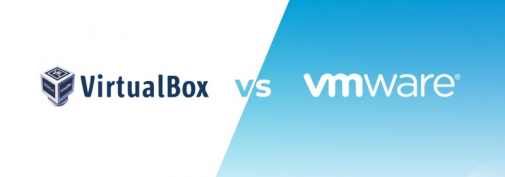Quick Overview
VirtualBox, developed by Oracle, is a free and open-source virtualization tool. It is widely used for testing, development, and learning purposes due to its extensive platform support and affordability. VMware, on the other hand, offers a range of virtualization products, including VMware Player, VMware Workstation, and VMware Fusion, catering to both individual users and enterprises.
When choosing between "VMware Fusion vs VirtualBox," "VMware Workstation vs VirtualBox," or "VMware Player vs VirtualBox," the decision ultimately depends on your requirements:
- Choose VirtualBox if you need a free, open-source solution with broad platform compatibility and straightforward functionality.
- Choose VMware if performance, advanced features, and enterprise-level tools are priorities.
Both VirtualBox and VMware have their strengths and cater to different audiences.
| Feature |
VirtualBox |
VMware |
| Cost |
Free and open-source |
Free for Player; Workstation ($149+), Fusion ($79.99+) |
| Platform Support |
Windows, macOS, Linux, Solaris |
Windows, Linux, macOS (Fusion only) |
| Ease of Use |
Beginner-friendly |
Polished with professional-grade tools |
| Performance |
Good for small to mid-size workloads |
Superior for graphics and enterprise tasks |
| Disk Formats |
VDI, VMDK, VHD |
VMDK primarily |
| Unique Features |
Open-source, seamless mode |
Sphere integration, macOS Metal API |
The next parts dive into the VMware vs Oracle VirtualBox debate to explore their differences and use cases.
